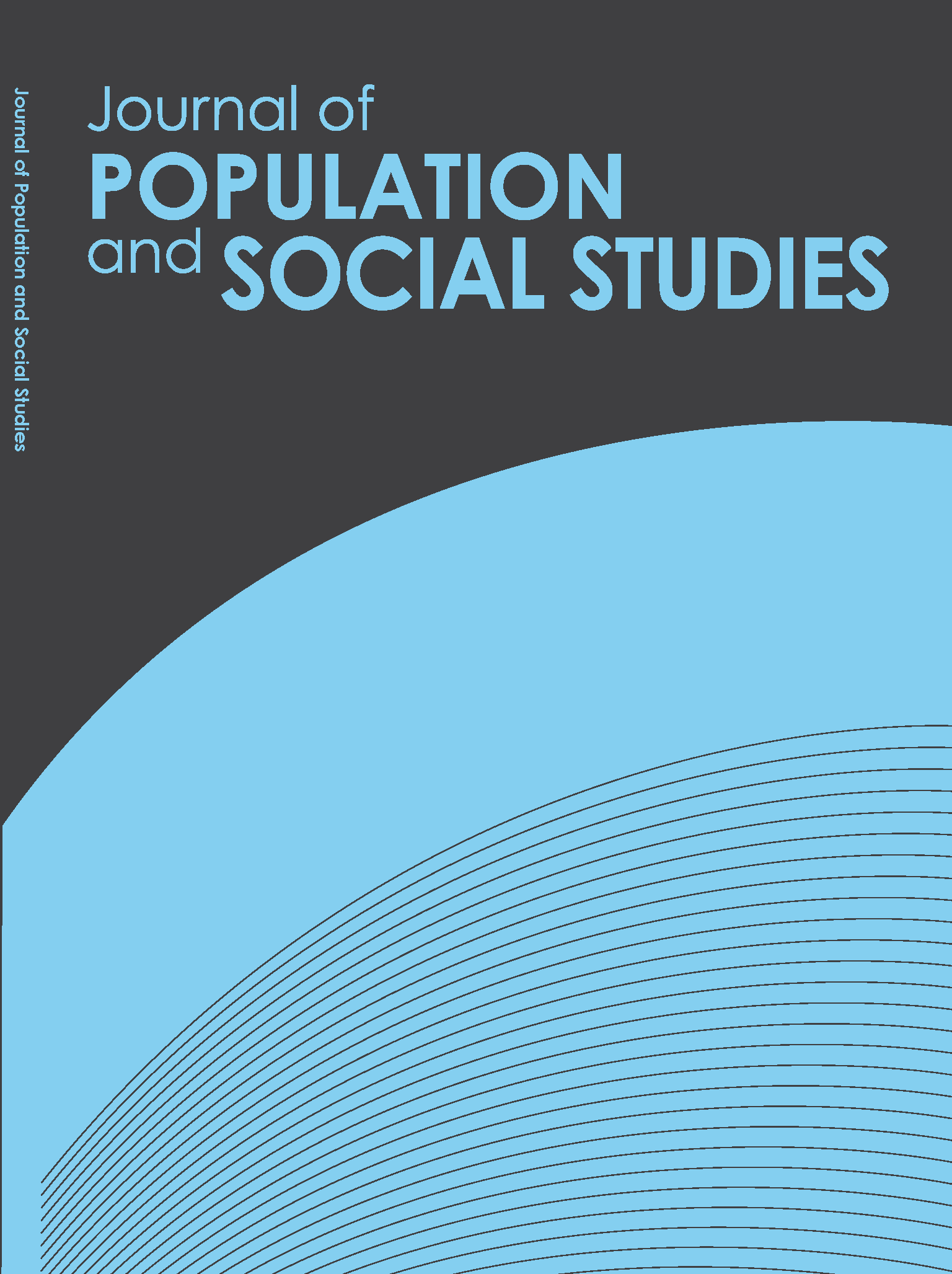Perceived Negative and Positive Impacts of Redefining Older Persons in Thailand
Main Article Content
Abstract
“Older” in many countries has been defined as a chronological age of either 60 or 65 years or older. Due to a rapidly growing aging population in Thailand, as well as state welfare payments and improved health, this study aims to explore how Thai people define “older person” and what perceived psychosocial and health impacts may occur if “older person” is redefined. Forty-five focus group discussions were conducted using working-age groups and older-persons’ groups from major occupations in all regions. The findings reveal that the perceived current definition of “older persons” is those aged 60 and older, and it carries with it negative and positive connotations. Most participants felt that it would be appropriate to consider a revised definition of “older person” if the following criteria were taken into consideration: (1) chronological age only, but raised to age 65 or 70; (2) chronological age and positive attributes; (3) positive attributes only; and (4) no criteria at all. Rival patterns were also discussed. The perceived positive impacts included better mental health, longer employment and increased value of older people. Reduced job opportunities for younger people and a shortage of home care providers for grandchildren were reported as the negative impacts. The challenge is how to incorporate a suitable multidimensional definition into a new concept of older person.
Article Details
References
Anthony, O. C. (2010). Managing behavior and emotional issues in older people. The Social Sciences, 5(5), 401-413. doi: http://dx.doi.org/10.3923/sscience.2010.401.413
Asis, M., Domingo, L., Knodel, J. & Mehta, K. (1995). Living arrangements in four Asian countries: A comparative perspective. Journal of Cross-Cultural Gerontology, 10(1-2), 145-162. doi: http://dx.doi.org/10.1007/bf00972034
Boehmer, S. (2007). Relationships between felt age and perceived disability, satisfaction with recover, self-efficacy beliefs and coping strategies. Journal of Health Psychology, 12, 895-906. doi: http://dx.doi.org/10.1177/1359105307082453
Braun, V. & Clarke, V. (2006). Using thematic analysis in psychology. Qualitative Research in Psychology, 3(2), 77-101. doi: http://dx.doi.org/10.1191/1478088706qp063oa
Caffrey, R. (1992). Caregiving to the elderly in Northeast Thailand. Journal of Cross-Cultural Gerontology, 7(2), 117-134. doi: http://dx.doi.org/10.1007/bf00115940
Demakakos, P., Gjonca, E. & Nazroo, J. (2007). Age identity, age perceptions, and health: Evidence from the English longitudinal study of ageing. Annals of the New York Academy of Sciences, 1114, 279-287. doi: http://dx.doi.org/10.1196/annals.1396.021
Feeny, D. (1989). The decline of property rights in man in Thailand, 1800-1913. The Journal of Economic History, 49(2), 285-296. doi: http://dx.doi.org/10.1017/s0022050700007932
Foundation of Thai Gerontology Research and Development Institute & College of Population Studies. (2013). Situation of the Thai elderly 2011. Bangkok: Pongpanich-Chareonbhol Ltd.
Freund, A. M. & Smith, J. S. (1999). Content and function of the self-definition in old and very old age. Journal of Gerontology, Series B: Psychological Sciences and Social Sciences, 54B(1), P55-67. doi: http://dx.doi.org/10.1093/geronb/54b.1.p55
Gorman, M. (1999). Development and the rights of older people. In J. Randel, T. German & D. Ewing (Eds.). The ageing and development report: Poverty, independence and the world's older people (pp. 3-21). London: Earthscan Publications Ltd.


